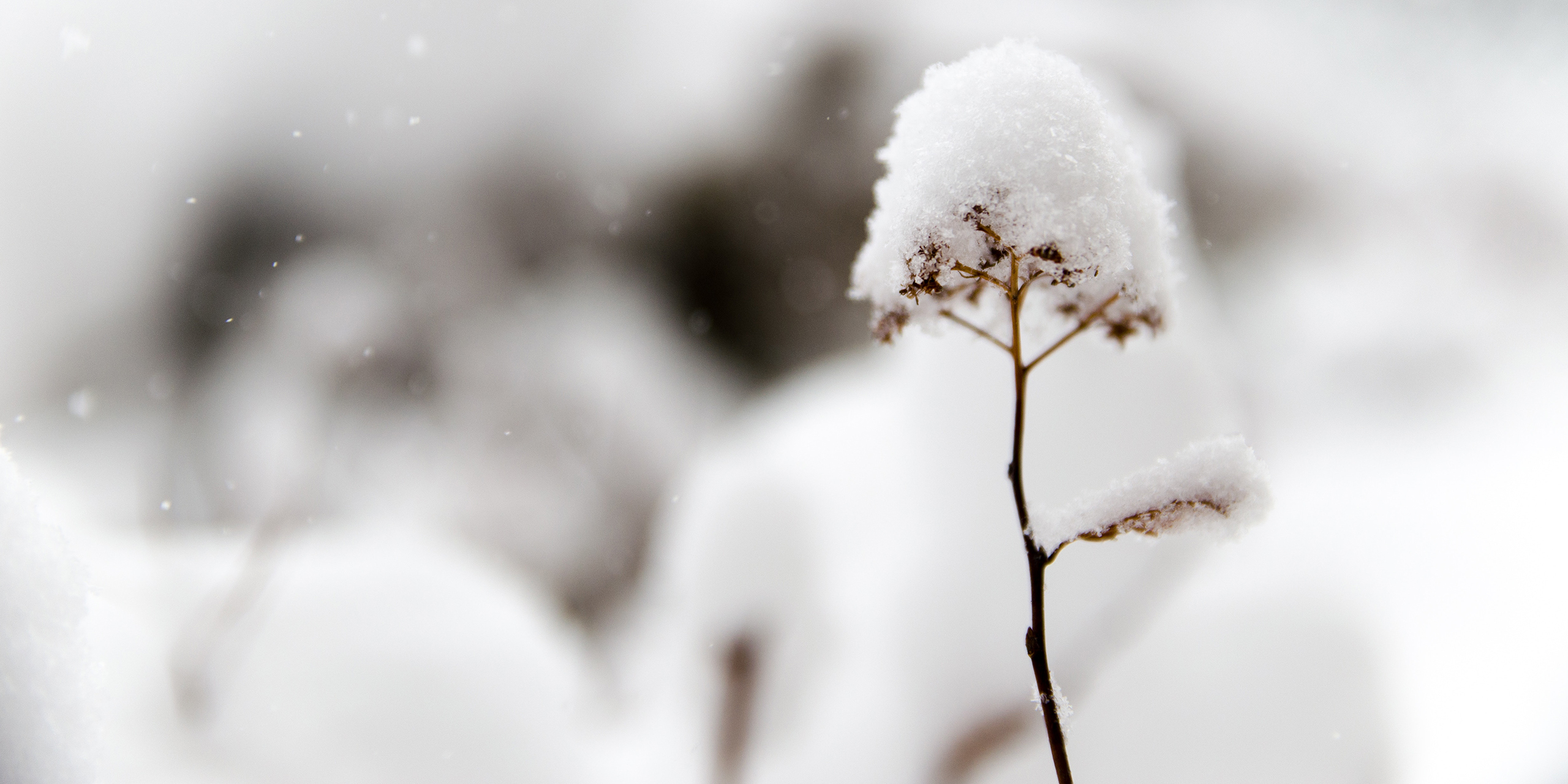Seasonal Affective Disorder And Sleep

The shorter winter days give way to wonderful holiday gatherings, winter sports, and more days off to spend time with family and friends. But they also lead to an unpleasant feeling that 4-6% of Americans experience: Seasonal Affective Disorder (SAD). This type of depression is related to changes in seasons, and with it comes a variety of symptoms. Today we’ll explore SAD’s symptoms and causes, how they affect sleep behaviors, and some of the treatments for the disorder.
Definition and Symptoms
Sometimes those moody winter days are more than just dark, grey skies. The disorder is defined as “a type of depression that comes and goes with the seasons, typically starting in the late fall and early winter and going away during the spring and summer”. Some of the symptoms of SAD include feeling depressed nearly every day, having low energy, having issues with sleeping, feeling changes in appetite or weight, feeling hopeless, worthless or guilty, and feeling more sluggish and agitated than usual. Most sufferers of SAD experience it in the fall and winter months because of the lack of sunlight. Many experience oversleeping and a general tiredness.
SAD Causes
It’s proven difficult to pinpoint the exact cause of the disorder, but there are several factors that play a key role. The sleep cycle is integrally connected to these causes.
Circadian Rhythm: Because there are fewer sunlight hours in the winter months, it can upend our natural biological clock, which can lead to an increased risk in feeling depressed.
Melatonin Levels: The seasonal shift also puts us at risk for changing our melatonin levels and melatonin circadian rhythm.
Darkness increases melatonin production, which helps regulate sleep. When these levels are elevated, we become sleepier and more lethargic. This plays an important part in our normal sleep behavior and our mood.
Vitamin D: The lack of sunlight translates to an insufficiency of Vitamin D, which is believed to help build serotonin activity. With declined levels, depressive symptoms can result.
There are also several factors that put others at a higher risk of suffering from SAD. These include living far from the equator, being a female, having SAD in your family history, and being a younger age.
SAD’s Effect on Sleep
Changes in sleep are often the first indicator of an underlying health issue. According to one study, SAD sufferers experience a variety of sleep issues, with as many as 80 percent experiencing hyperinsomnia, or excessive sleepiness. The same research found that those with SAD experienced a decrease in time spent in deep sleep.
Many with SAD spend much more time in bed than is typical, but this extra time doesn’t correlate to healthy amounts of sleep. The extra time under the covers actually causes people to feel overly sleepy throughout the day leaving many asking the question, “how long should I nap during the day?”
Despite the excessive tiredness, the problem often goes undiagnosed because of misguided thoughts about their own sleep patterns.
Treatment
The most common treatment for this disorder is light therapy. Sufferers sit in front of a specific lightbox that uses 10,000-lux bright fluorescent lights to simulate sunlight, minus the UV rays. There are also some lights that imitate dawn and gradually get brighter in the morning.
Lifestyle changes are also a common treatment. Stepping outdoors during the bright rays of morning to get the blood pumping can help energize SAD sufferers and even reset their circadian clock. Exposure to natural light is critical to reducing symptoms of SAD.
It’s important to note that you should see a doctor if you’re experiencing any of the SAD symptoms over a notable period of time, or if you’re experiencing suicidal thoughts of any kind.
The good news is that patients typically see an end to symptoms with the transition of winter to spring. In addition to treatments, there are many online forums and meeting places where those with the disorder congregate to share advice, tips, and feelings about their own experiences with SAD.
“Seasonal Affective Disorder: An Overview of Assessment and Treatment Approaches”. National Institutes of Health. https://www.ncbi.nlm.nih.gov/pmc/articles/PMC4673349/.
“Sleep in fall/winter seasonal affective disorder: effects of light and changing seasons.” National Institutes of Health. https://www.ncbi.nlm.nih.gov/pubmed/8064650.